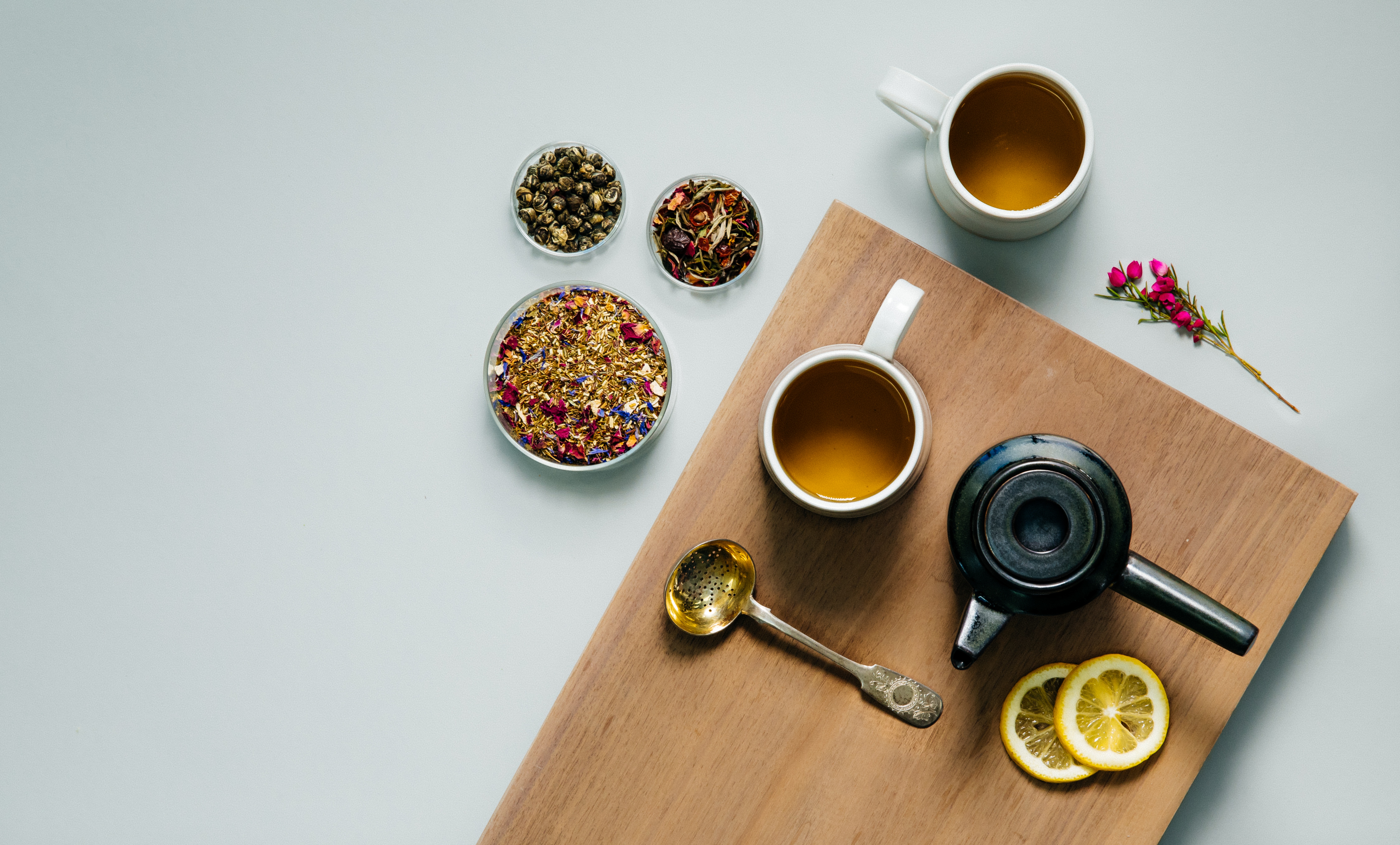As many food service operators know, overall beverage sales are on a decline, losing over 2 billion servings in the past five years. The biggest segment hit, is soft drinks, with a loss of over 13%. Unfortunately, many consumers are switching to tap water with hundreds of millions of glasses given away each year. Tap water is showing one of the largest growths year-over-year. This is a significant loss in revenue to restaurateurs. Fortunately, there is a solution that has proven to switch these consumers to a more profitable beverage — Tea.

We have all been to restaurants that offer free tap water, whether they automatically pour it, or ask if you would like a glass. But there is a true cost to the restaurant owner for the “free” water. In fact, it is estimated that a typical glass of free filtered tap water can actually cost up to $1.08 per serving! That’s an extremely high cost for a beverage that has no revenue tied to its consumption. This equates to a huge annual expense to the owner. Assuming your restaurant serves 80,000 guests per year and only 50% order tap water, that is a bottom line expense of $43,200! If we are able to convert just half of those tap water consumers into iced tea purchasing consumers, we can turn that bottom line expense consumer into a $59,000 top line revenue generating consumer (assuming an iced tea price of $2.95 per serving).
Iced Tea Trends
Iced tea dominates as consumption in food service rises. However, the decline of carbonated soft drinks significantly shadows the total beverage gains of all other beverages, which means even more lost revenue for restaurants. Let’s not compound the loss of beverage sales with “free” tap water.
Iced tea has become a 24/7 beverage. The morning daypart has now surpassed the p.m. snack daypart by doubling in the last 5 years, according to NPD Crest. Are you offering iced tea with your breakfast?
NPD Crest has iced tea consumption relatively equal between men and women, but skews higher with those having more disposable income. These people are the first group we can convert from tap water to iced tea.
According to Statista Chart/YouGov, millennials have become increasingly more interested in tea as they have gotten older. They are looking for better quality products and to experience exotic destinations and cultures through food and beverage. This is the second group of people we can convert from tap water to iced tea.
The Solution
The solution to converting tap water consumers into revenue generating iced tea consumers is relatively simple:
- Source your tea from a strategic tea partner.
- Train all your staff on your tea.
- Make tea a beverage focus throughout your entire establishment.
Your tea supplier (like Art of Tea) should be able to help you pair their teas with your menu offering and your customer base. Different flavors do well in different areas of the country. The most important aspect to your tea program is the taste profile! Gone are the days of just serving brown bitter water. Your iced tea should be a clean and crisp drink that:
- Doesn’t compete with the center plate item.
- Refreshes the palate.
- Quenches your thirst.
- Doesn’t have any perfumey, medicinal or chemical off tastes.
In order to properly capitalize on the two segments that you want to convert to tea, you should be offering 3–4 iced teas. Of course you will need a great quality unflavored, unsweetened, black iced tea. You should also offer a fruity, tropical black iced tea and a flavored green iced tea. A sweet tea is a must if you are in the south or if you are trying to capitalize on the growth of the sweet tea movement. A caffeine free herbal iced tea option is great for the younger crowd or those that cannot or do not want to consume caffeine.
Training your staff is critical. Stop offering water and offer one of your iced teas in its place. Conduct tastings with your entire team and explain the tea. Treat it like you would your daily specials. Explain where the tea comes from, how it was made, the story behind the tea, how to describe the tea to guests, and what menu items it pairs well with. Offer incentives or contests to your staff for selling more tea beverages. Make sure your staff knows how to prepare and store the tea properly. Tea is a food and it does have a food safe zone.
Put the theater in your tea presentation. Restaurants see growth in items that have theater in which other guests can see. Look at the success of table side presentations of salads, guacamole, cocktail shakers, etc. Do the same thing with your iced teas. Offer free tastings of your iced teas while guests wait for their table or to-go order. Use iced tea in custom cocktails and mocktails that your guests can only get at your restaurant.
By putting a little more focus on your most profitable menu item, with gross margins in the high nineties, you can convert those bottom line expense tap water guests into top line revenue-generating guests. Tea is the only menu item in which making huge quality improvements will not sacrifice your bottom line.
Art of Tea is an award winning purveyor of specialty and organic teas, based in Los Angeles, CA.
If you found this article helpful, please share it with coworkers, colleagues, and fellow lovers of tea.

